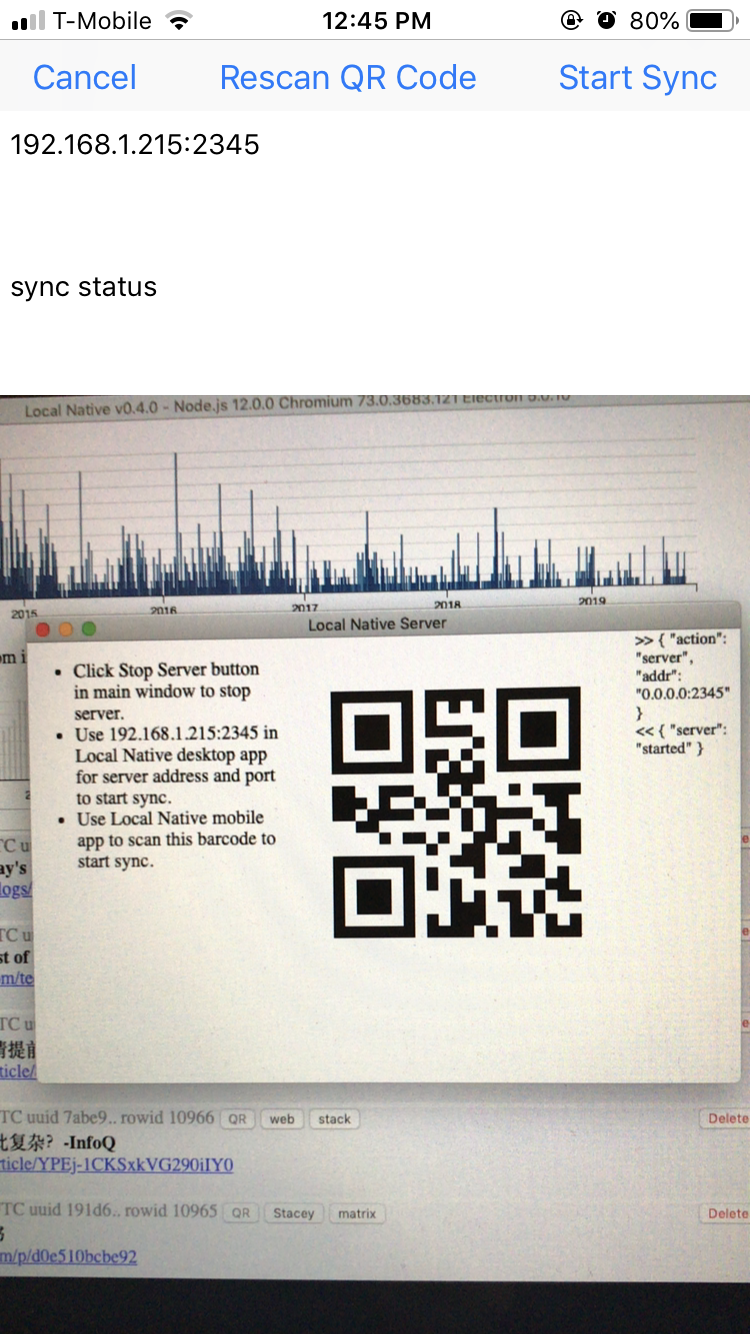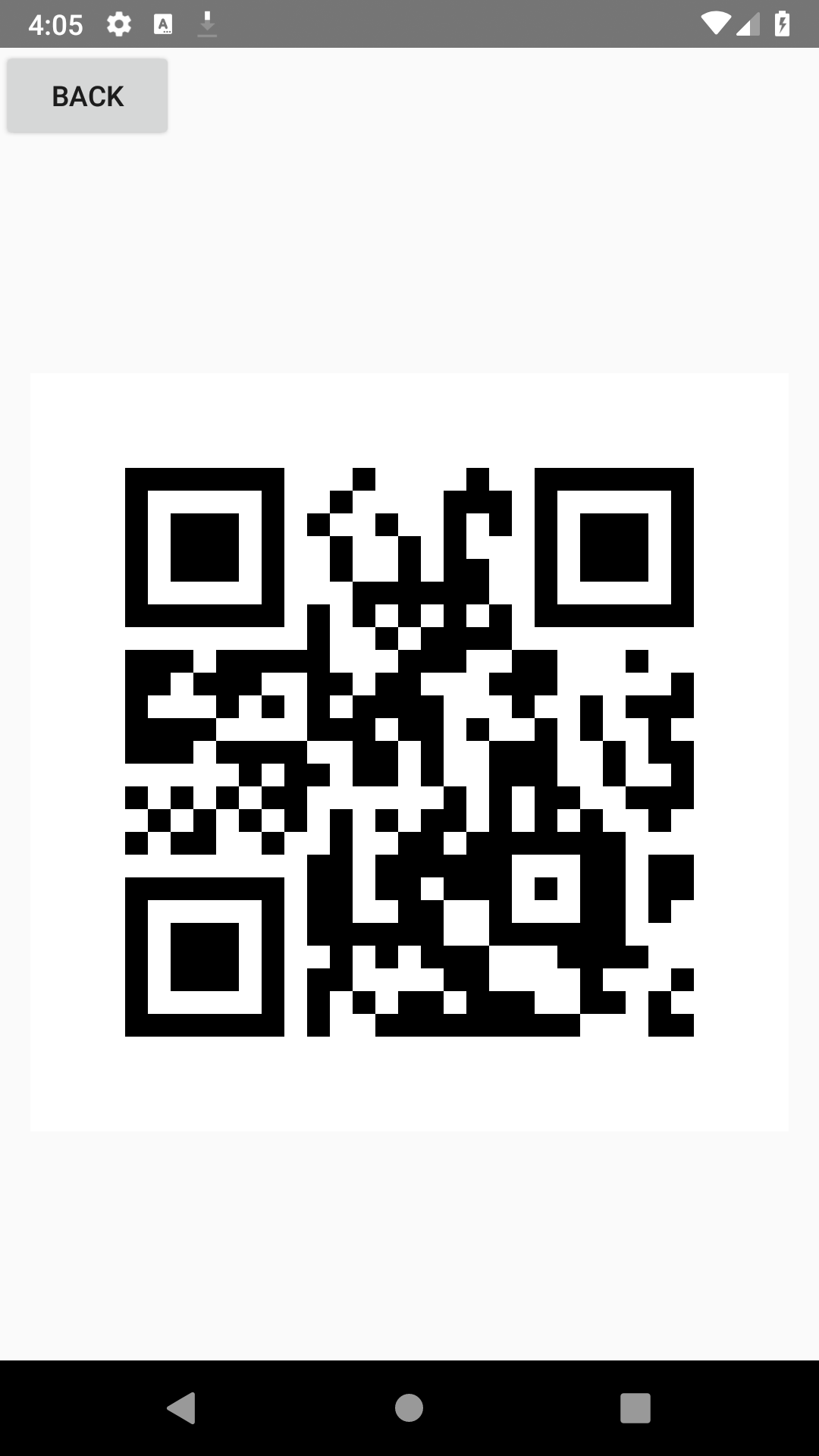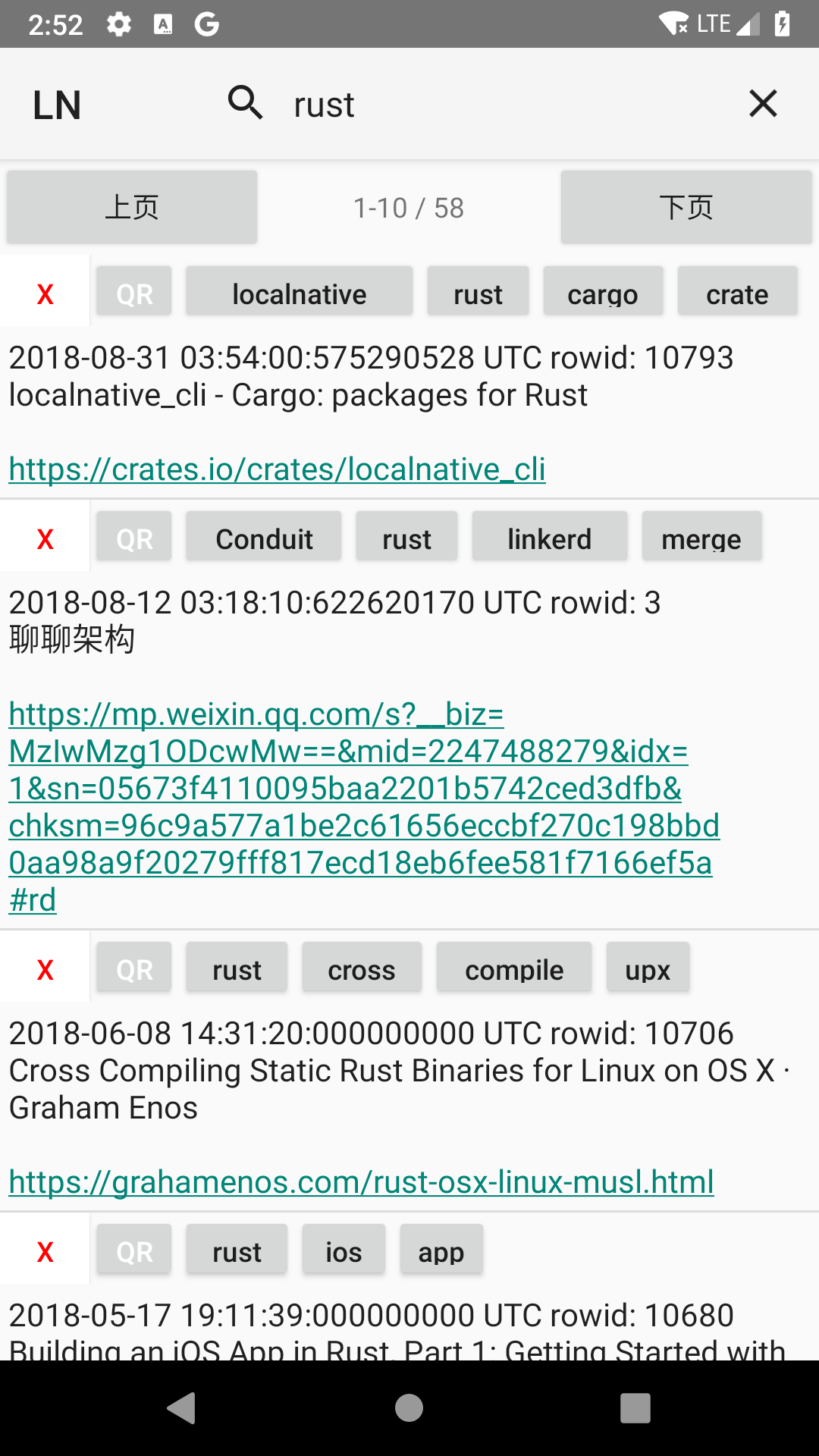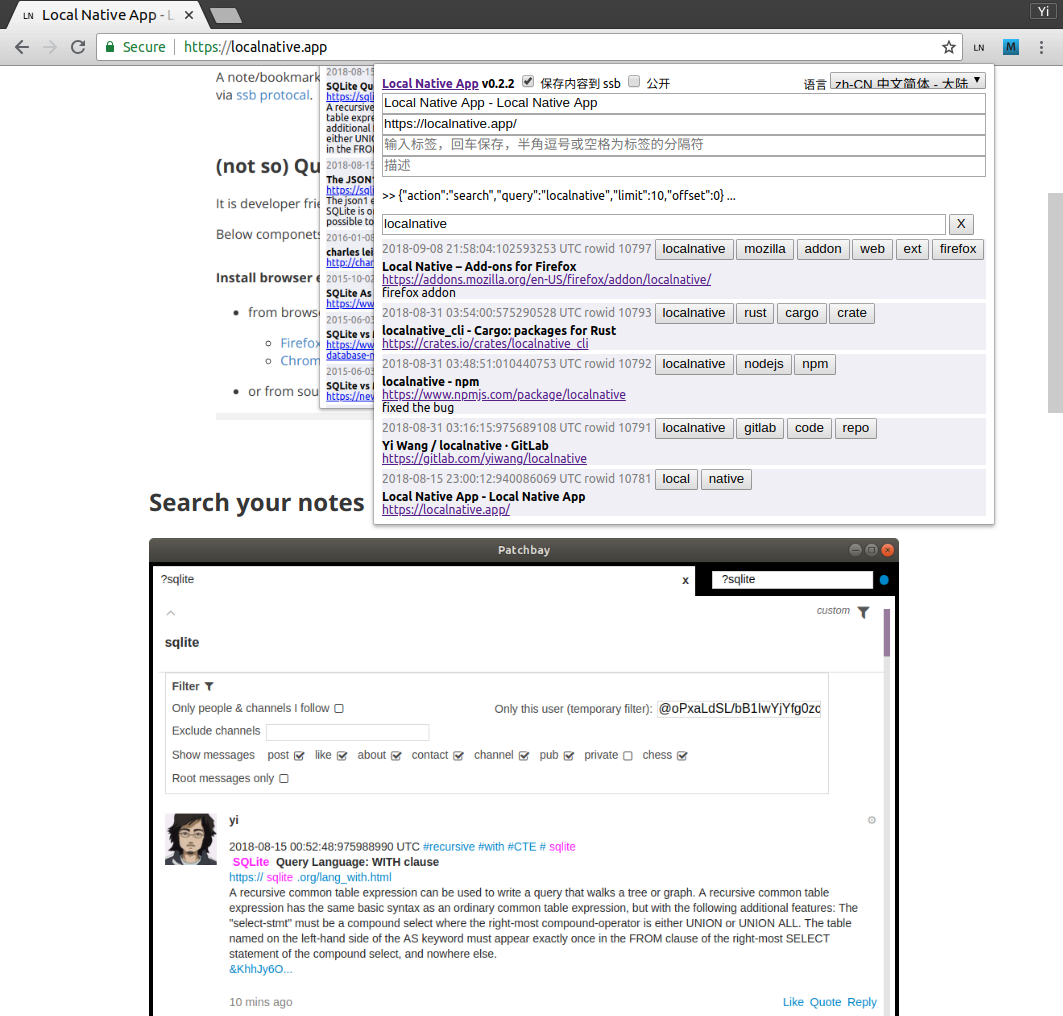prelude
It has been a few months since last Local Native v0.4.0 release, which introduced (wireless) syncing via tarpc, database schema change and more. That is decent amount of internal data structure change and observable new features. Everything was well and I was not worrying about rushing out more features very soon, until ..
the bug.
In contrast, this v0.4.1 release is only motivated by fixing the one observed bug:
the touch input keyboard for the share extension's text fields (tag and description fields etc..) does not show up in iOS, after upgrading to newer version (iOS 13.2.2 as of writing). This prevents user to input tag or description, or change title or url for the note.
Saving note still works, but what's the fun if I can not add tags to a note?
Technically This is a new feature only in newer version of iOS. How hard could be




